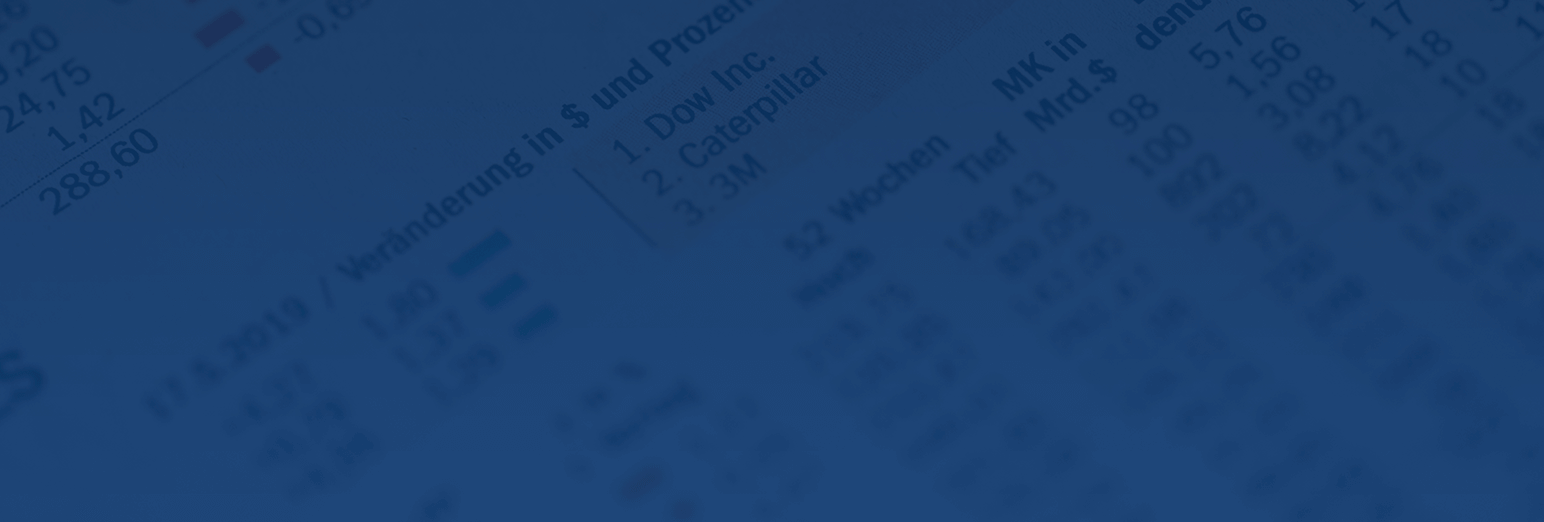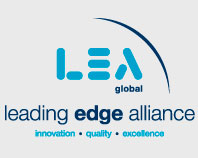SECURE Act 2.0 Enhances Retirement Benefits
On December 20, 2019, the Setting Every Community Up for Retirement Enhancement Act of 2019 otherwise known as the “SECURE Act” was signed into law. This law made important changes to the requirements for retirement plan funding and distributions, as well as modifying other tax provisions including the kiddie tax rules. You can read our analysis of that legislation by clicking here.
A new bill, designed to build upon the provisions of the original SECURE Act and provide further retirement enhancements, was introduced earlier this year. On March 29, 2022 the House of Representatives passed the Securing a Strong Retirement Act of 2022, widely known as SECURE Act 2.0, by an overwhelming bipartisan vote. Given its strong support from both sides of the aisle, it is expected to pass the Senate soon. The bill expands automatic enrollment programs, increases contribution limits, enhances credits to both employers and employees to facilitate saving and provides more flexibility for required distributions.
Expands Automatic Enrollment
SECURE 2.0 would require employers with 401(k) and 403(b) plans to automatically enroll participants in their plans as soon as they become eligible, although participants could opt out. This requirement would be effective for plan years beginning after 2023 and would only apply to defined contribution plans established after 2021 (existing plans would be grandfathered). Small businesses with 10 or fewer employees and certain new businesses would be excepted from the requirements.
Expands “Catch Up” Contribution Limits
Current law allows people aged 50 and over to contribute an additional $1,000 to an IRA, $3,000 to SIMPLE retirement plans and $6,500 to other retirement plans, such as 401(k)s. SECURE 2.0 would increase these limits by indexing the $1,000 IRA limit for inflation. For individuals aged 62, 63 or 64 the proposed law increases the limits to $5,000 for SIMPLE plans and $10,000 for other retirement plans, each indexed for inflation.
Saver’s Credit
Under current law eligible lower-income taxpayers may claim a nonrefundable credit for contributions and elective deferrals to certain retirement plans and individual retirement accounts (IRAs). This retirement savings credit (or saver’s credit) is equal to an applicable percentage, ranging from 10% to 50%, of up to $2,000 in qualified retirement savings contributions. The maximum credit is $1,000 ($2,000 for joint filers).
SECURE 2.0 would simplify the credit by fixing the applicable percentage at 50% rather than having three different credit rates. Further, the proposed law would make the credit available to taxpayers with higher levels of adjusted gross income – up to $41,500 for single filers and $83,000 for joint filers. This change would apply to tax years after 2026.
Student Loan Payments Treated as Elective Deferrals
The proposal would allow employers to make matching employer contributions for “qualified student loan payments”. Thus, it would recognize these payments made by employees as if they were employee 401(k) contributions, allowing or requiring employers to provide matching contributions. To qualify, employees would have to certify their student loan repayments to their employer.
Small Employer Pension Plan Startup Credit
An eligible small business with 100 or fewer employees may claim a credit for 50 percent of qualified startup costs incurred in establishing and administering a new eligible employee benefit plan for its employees. For tax years beginning after 2019, the annual credit is limited to the greater of (1) $500, or (2) the lesser of $250 multiplied by the number of eligible employees who are not highly compensated or $5,000. The credit may be claimed for a total of three years. Qualified startup costs are ordinary and necessary expenses incurred to establish or administer an eligible plan or to educate employees about retirement planning.
Effective for tax years beginning after 2022, SECURE 2.0 would increase the percentage of eligible qualified startup costs from 50% to 100% for employers with 50 or fewer employees. Most importantly, the proposed law would also provide a tax credit for a percentage of the amount contributed by the employer on behalf of employees, up to a per-employee cap of $1,000. This additional credit can be claimed for up to five years, with a decreasing percentage applicable in each subsequent year.
Required Minimum Distributions
Under current law participants in a retirement plan are required to begin taking distributions at age 72. For retirement distributions required to be made after December 31, 2022 with respect to individuals who attain age 72 after such date, the Act would increase the required minimum distribution age to 73. The age requirement would be increased to 74 beginning in 2030, and further increased to age 75 beginning in 2033.
Perhaps more importantly the bill would reduce the penalty on failures to take the required minimum distributions from 50 percent to 25 percent. The penalty can be further reduced for timely remedial actions.
Takeaways
The proposed legislation is a smorgasbord of enhancements to encourage retirement savings. This article touches on just a few of the provisions. If the law is passed it will behoove most taxpayers to give more thought to some of these obscure tax provisions if they make contributions to qualified plans and it may incentive small employers to harvest new tax benefits if they sponsor qualified plans.
Contact Us
If you have questions regarding the potential provisions of the Secure Act 2.0 and how it might affect you or your business, please contact your Bennett Thrasher tax advisor by calling 770.396.2200.





